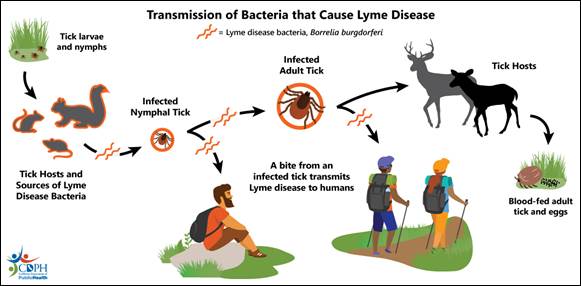Posted by Vector and Vector-borne Disease Committee
June 27, 2022
Seynabou Sougoufara, Hanna Yorkston-Dives, Nurul Masyirah Aklee, Adanan Che Rus, Jaal Zairi & Frederic Tripet
Centre for Applied Entomology and Parasitology, School of Life Sciences, Keele University, Stafforshire, United Kingdom; Vector Control Research Unit, School of Biological Sciences, Universiti Sains Malaysia, George Town, Malaysia
Nature Sci Rep 12, 2206 (2022). https://doi.org/10.1038/s41598-022-05754-2
Abstract. Vector-borne diseases are worldwide public health issues. Despite research focused on vectorial capacity determinants in pathogen transmitting mosquitoes, their behavioural plasticity remains poorly understood. Memory and associative learning have been linked to behavioural changes in several insect species, but their relevance in behavioural responses to pesticide vector control has been largely overlooked. In this study, female Aedes aegypti and Culex quinquefasciastus were exposed to sub-lethal doses of 5 pesticide compounds using modified World Health Organization (WHO) tube bioassays. Conditioned females, subsequently exposed to the same pesticides in WHO tunnel assays, exhibited behavioural avoidance by forgoing blood-feeding to ensure survival. Standardized resting site choice tests showed that pre-exposed females avoided the pesticides smell and choose to rest in a pesticide-free compartment. These results showed that, following a single exposure, mosquitoes can associate the olfactory stimulus of pesticides with their detrimental effects and subsequently avoid pesticide contact. Findings highlight the importance of mosquito cognition as determinants of pesticide resistance in mosquito populations targeted by chemical control.
Note: Although this study has greatest relevance for control programs using indoor surface sprays and impregnated bed nets, the concept of learning behavior in mosquitoes is intriguing and may have important implications for the use of home fumigation products.


